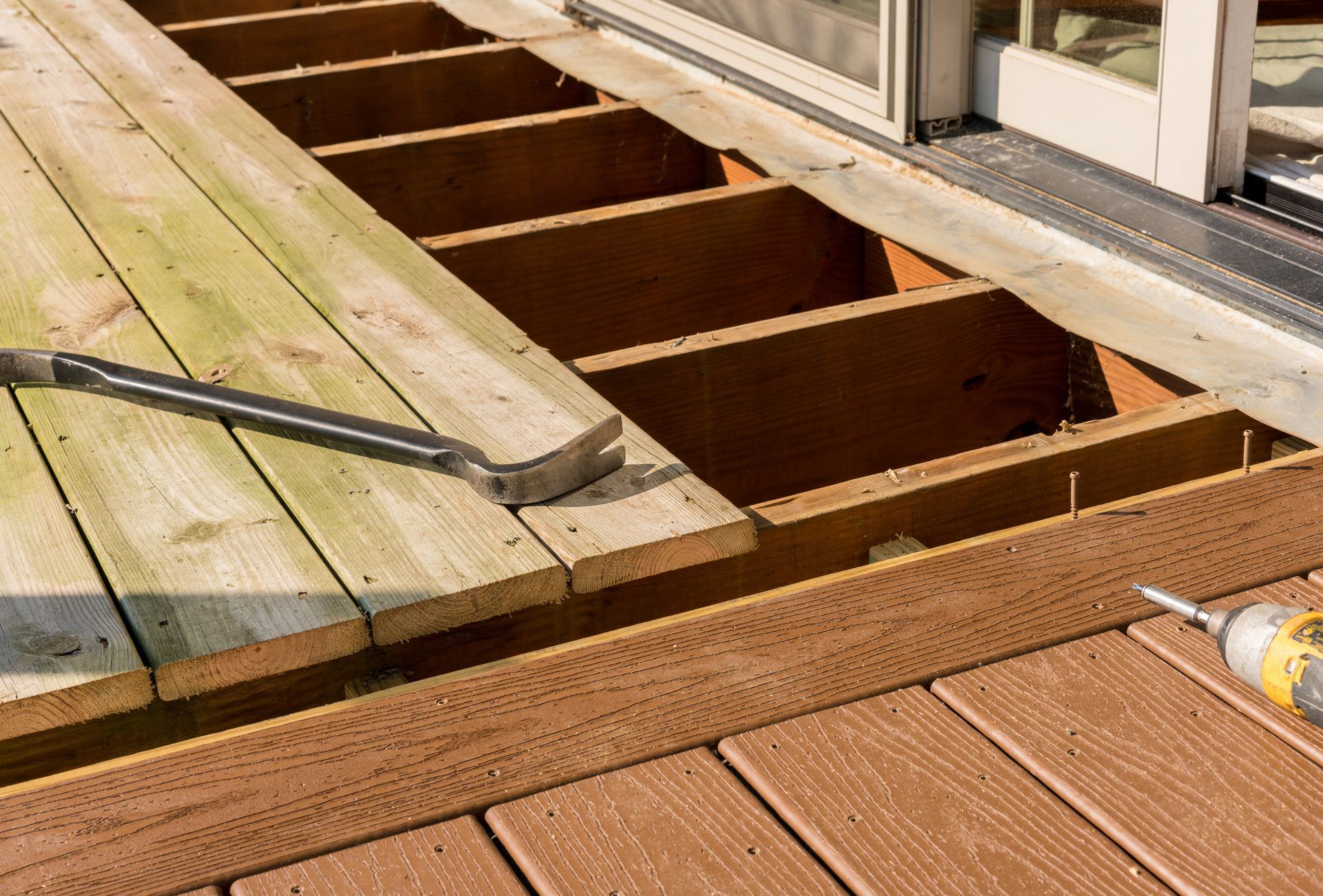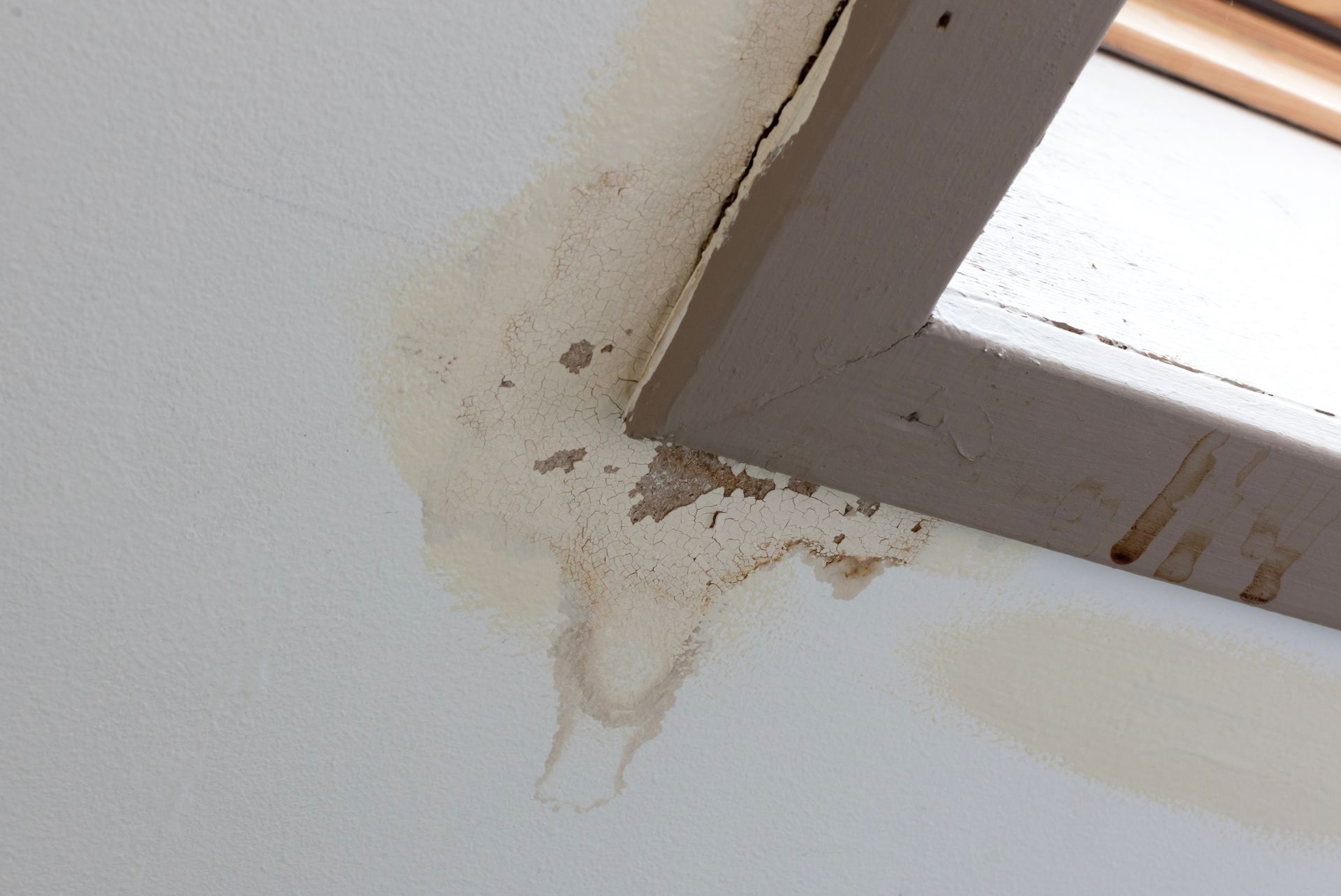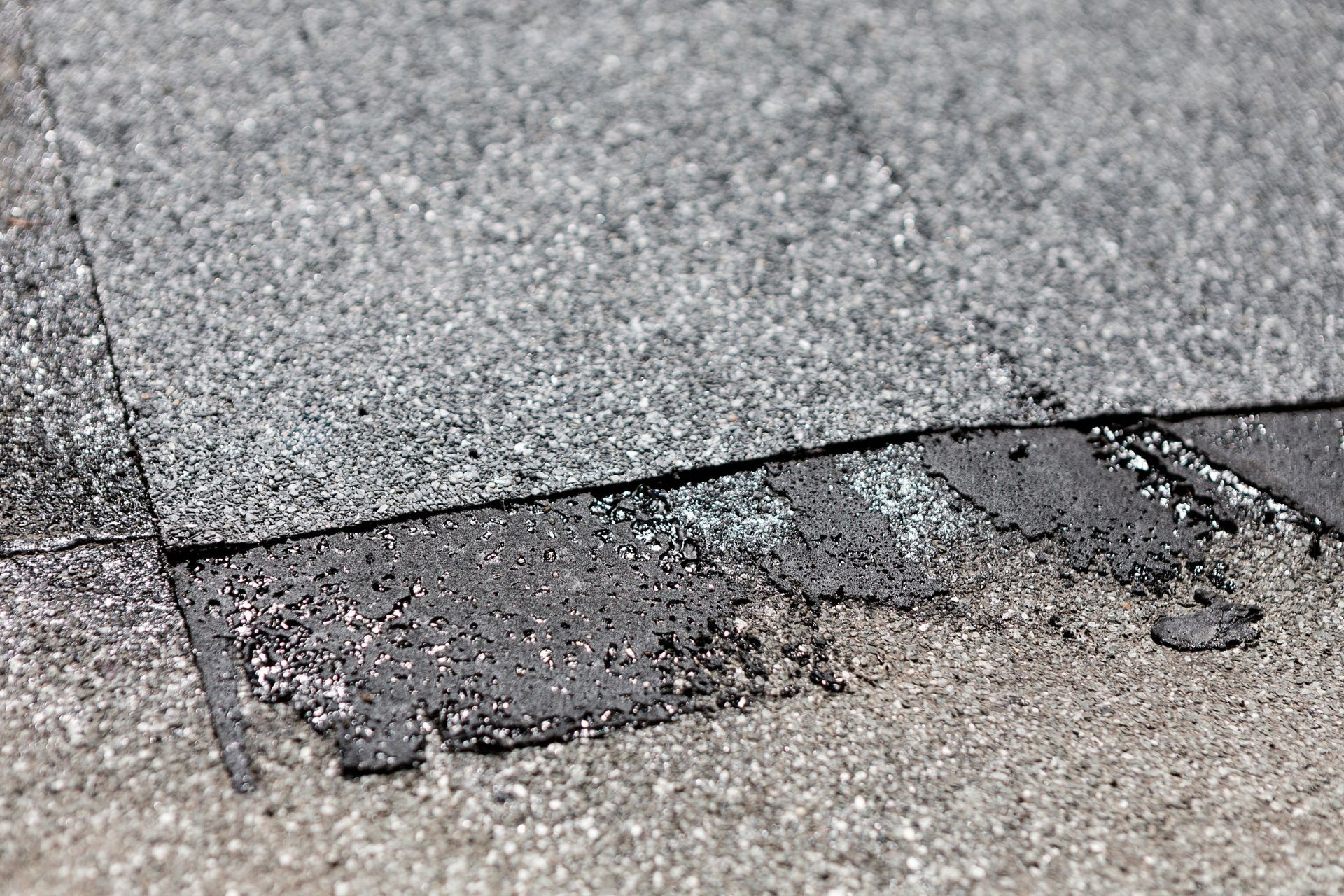Decking Material Options and Which One Is Best for Seattle’s Climate?

Ideally, your deck should be a lot of things – low-maintenance, affordable, aesthetically pleasing and durable. Above all else, you need a deck that can endure Seattle’s rainy weather and resist rot, decay and mold growth. There are a wide variety of materials to choose from when designing your deck, but which one will give you the most bang for your buck?
Types of Decking Material Options
Pressure-Treated Wood
Pressure-treated wood, typically made from pine or fir, is a popular and cost-effective choice for decking. It is treated to resist rot, decay and insects, making it suitable for various climates. It needs routine maintenance and sealing to prevent moisture-related issues.
Hardwood Decking
Hardwood decking is made from natural wood species like cedar, redwood or tropical hardwoods like Ipe. It offers an elegant look for your deck and comes with a variety of grain patterns and colors to choose from. While hardwood decking is built to withstand the elements, regular staining and sealing can help protect it from moisture and decay.
Cedar
Cedar is a naturally resistant wood that possesses both beauty and durability. Its natural oils also help protect against rot and insect infestations. Although it requires periodic maintenance to protect it from the elements, its beautiful reddish-brown color and warm and inviting appearance makes the effort worth it for many homeowners.
PVC Decking
Low-maintenance and long-lasting, PVC decking is entirely synthetic, offering exceptional resistance to moisture, mold and insects. It’s available in various colors and styles – including options that resemble natural wood – and can be easily cleaned with just soap and water.
Composite Decking
Composite decking is a blend of wood fibers and recycled plastic, providing the appearance of wood without the upkeep. Although composite decking costs more than wood, its lower maintenance costs can save you more in the long term.
Considering Seattle’s weather patterns, many homeowners consider composite decking the best choice for long-term usage. Composite decking is engineered to resist moisture, warping, splintering, fading and cracking. And since it isn’t dependent on regular staining or sealing for protection, you can spend less time and energy on deck maintenance.
How To Fortify Your Deck Against Rain Damage
- Protective Finishes: Consider using protective and water-resistant finishes, such as stains or paints, to give your deck an extra layer of protection against rain and UV damage.
- Regular Cleaning: Keep your deck clean and free from leaves, dirt and debris, which can trap moisture. A pressure washer with a gentle setting can help you remove dirt and mildew, but be cautious not to use excessive pressure, as it can damage the wood.
- Good Drainage: Ensure your deck boards have adequate spacing between them to prevent water from pooling or collecting in the gaps. If your deck is elevated, keep the space underneath well-ventilated to protect against moisture buildup.
- Protective Mats and Furniture Pads: Place protective mats or furniture pads under heavy items, such as planters, so water doesn’t get trapped between them and the deck surface and stain the wood underneath.
- Inspect and Repair: Regularly inspect your deck for signs of wear, water damage or rot. Replace any damaged parts immediately to prevent further deterioration and maintain your deck’s structural integrity.
- Consider Rain Diverters: Install rain diverters or gutters above or near the deck to direct water away from the deck surface. This can help reduce the amount of water that falls directly onto the deck during heavy rainfall.
- Add Under-Deck Drainage Systems: For elevated decks, consider installing under-deck drainage systems. These systems can help collect and redirect rainwater away from the deck’s support posts, keeping the area underneath dry and protecting the joists and support structure from water damage.
- Keep Plant Growth in Check: Overhanging branches or plants can drip water onto the deck, so be sure to trim them regularly to prevent excess moisture and debris buildup.
Our Professionals Will Design and Build Your Ideal Seattle Deck on Your Budget
At Chet’s Roofing & Construction Inc., we’ll construct a deck that will last you and your family for decades to come. Our professionals will recommend the best decking material based on your needs, aesthetic preferences and budget that’s also guaranteed to withstand high levels of precipitation.
Whatever you say goes, meaning we’ll work hard to bring your dream deck to life. Call (877) 611-1514 or fill out our contact form to schedule a home visit and start designing your deck today.



